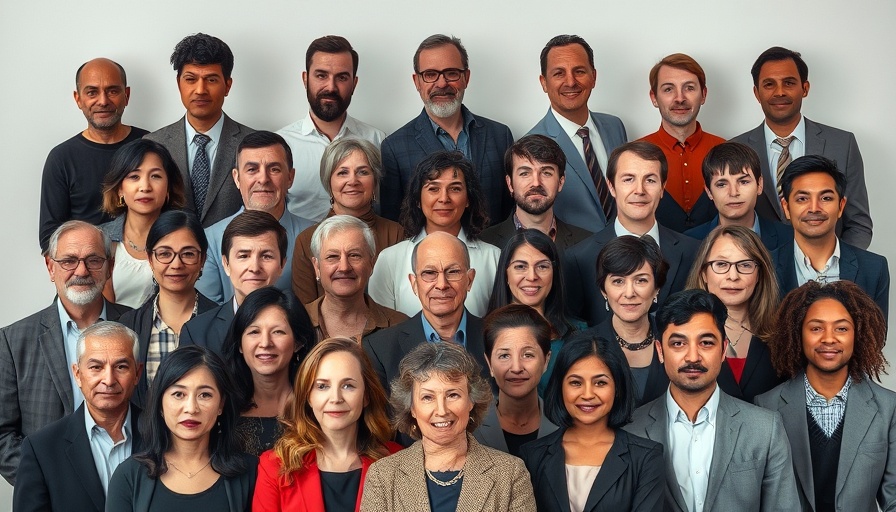
Understanding Classifier-Free Diffusion Guidance in AI
Artificial Intelligence (AI) is evolving rapidly, and with this evolution comes the need for sophisticated techniques to guide machine learning models. One such technique is the approach known as classifier-free diffusion guidance. This method leverages diffusion models to create more cohesive and realistic outputs, standing out for its unique ability to bypass traditional classifiers that can sometimes impose unnecessary constraints on AI development.
The Challenges of Impaired Guidance
However, the effectiveness of this technique can be compromised. If the diffusion model itself is flawed, it leads to impaired guidance. This scenario raises critical questions: How often do we trust a model that is limited by its own design? As AI continues to be integrated into more facets of life, the importance of reliable guidance frameworks within these systems cannot be overstated.
Lessons from AI Innovation
Ultimately, understanding these dynamics is crucial not only for researchers but also for businesses harnessing AI technology. Learning from instances where models have failed can pave the way for more resilient solutions. Engaging with expert discussions and insights can further enhance our comprehension of these complex topics.
The Road Ahead: Improving AI Guidance Systems
As we navigate the future of AI, addressing the limitations of diffusion guidance will be paramount. Continuous refinement of techniques, as well as a willingness to acknowledge and learn from missteps, will shape the effectiveness of artificial intelligence in practical applications. Organizations must take proactive steps in researching and adopting better-informed strategies powered by insights gleaned from current advancements.
 Add Row
Add Row  Add Element
Add Element 



Write A Comment